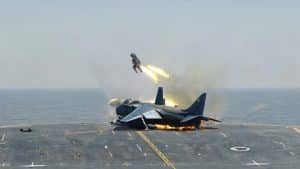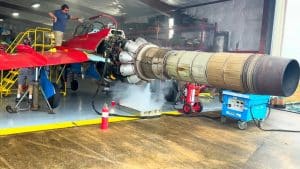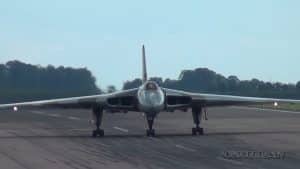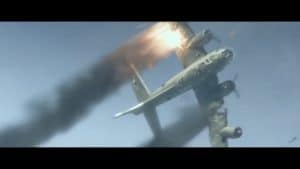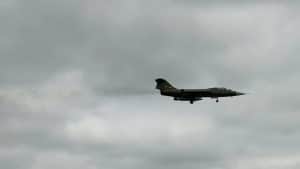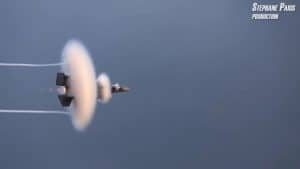5 More Facts You May Have Not Known About US WWII Aircraft Carriers
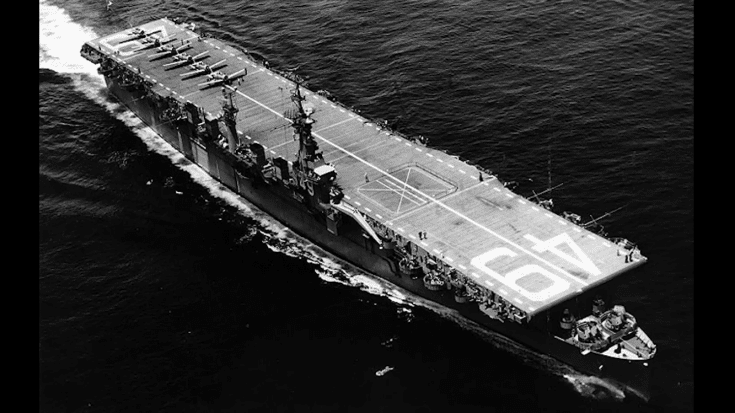
YouTube / SVG Productions
Here are five more additional facts that you might not know about US WWII aircraft carriers:
1. The US Borrowed A Carrier From The UK
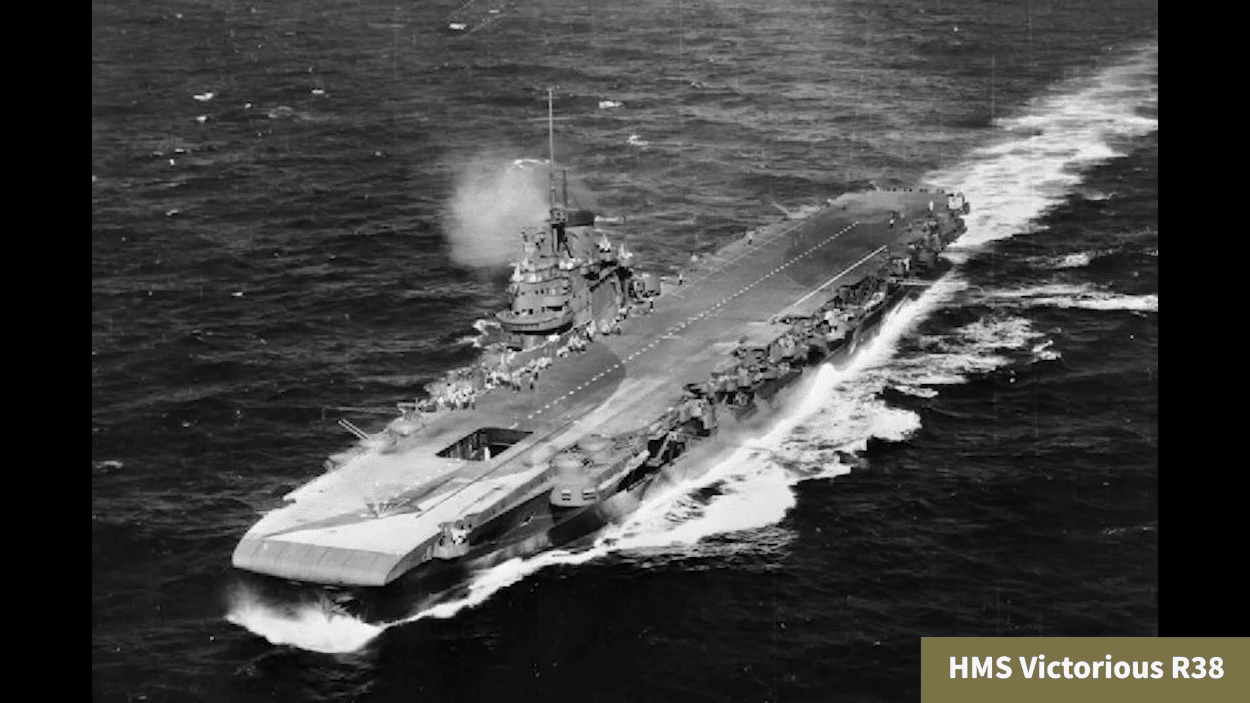
Admiral Ernest J King, the Commander of the US fleet, requested a carrier after the Battle of Midway.
The loaned vessel left for the US in December 1942 was the HMS Victorious – an Illustrious-class carrier with an armored flight deck and fully enclosed armored hanger deck.
After several additions and modifications, Victorious left Norfolk in early February heading to the Pacific under the call sign Robin or USS Robin.
2. A Carrier Assisted in Capturing a Warship
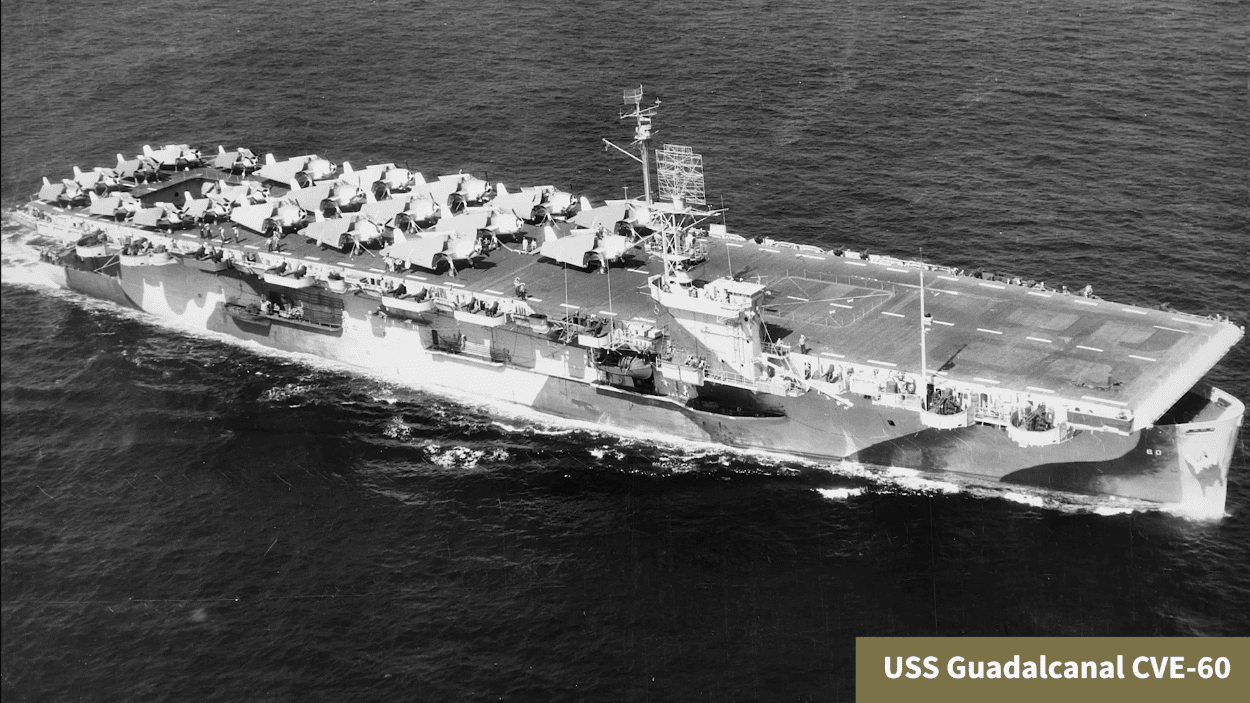
In June 1944, the escort carrier USS Guadalcanal led a hunter/killer group off the coast of Northwestern Africa during the Battle of the Atlantic. The group was comprised of anti-submarine warships that were deployed to attack German submarines and assist convoys crossing the Atlantic.
The Kriegsmarine U-boat U-505 was detected via sonar and attacked by the destroyer escort, badly destroying it. It was infamously towed from Northwestern African waters and arrived in Bermuda. It was the first time since 1812 that the US Navy captured an enemy vessel.
3. The US Navy Stationed Aircraft Carriers On The Great Lakes
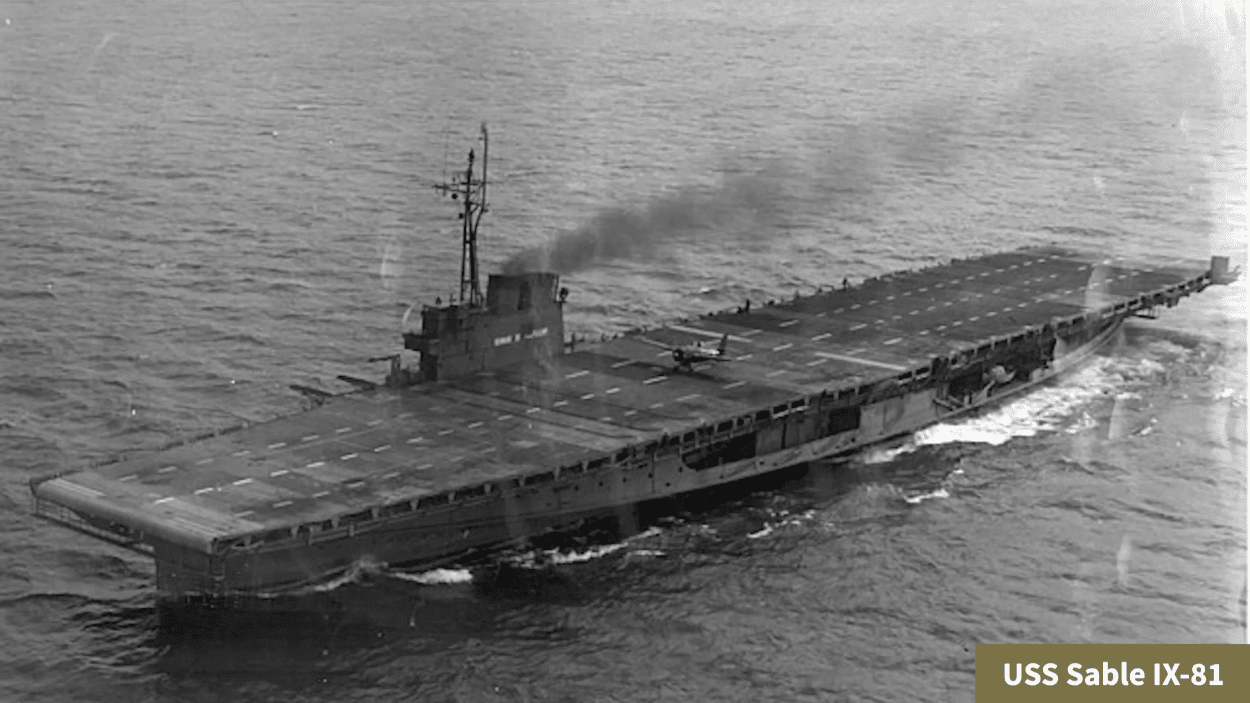
Because of the changing landscape of the war, there was a need for aircraft carriers to serve as floating runways which would allow them to takeoff and land virtually anywhere.
While several US carriers sailed around the world, two aircraft carriers were stationed on the Great Lakes, the USS Wolverine (IX-64) and Sable (IX-81).
The US Navy converted lake steamers into training aircraft carriers and operated them from the safety of Lake Michigan. Although the concept was initially ignored, it gained traction after the attack at Pearl Harbor.
4. Oilers were converted into Escort Carriers
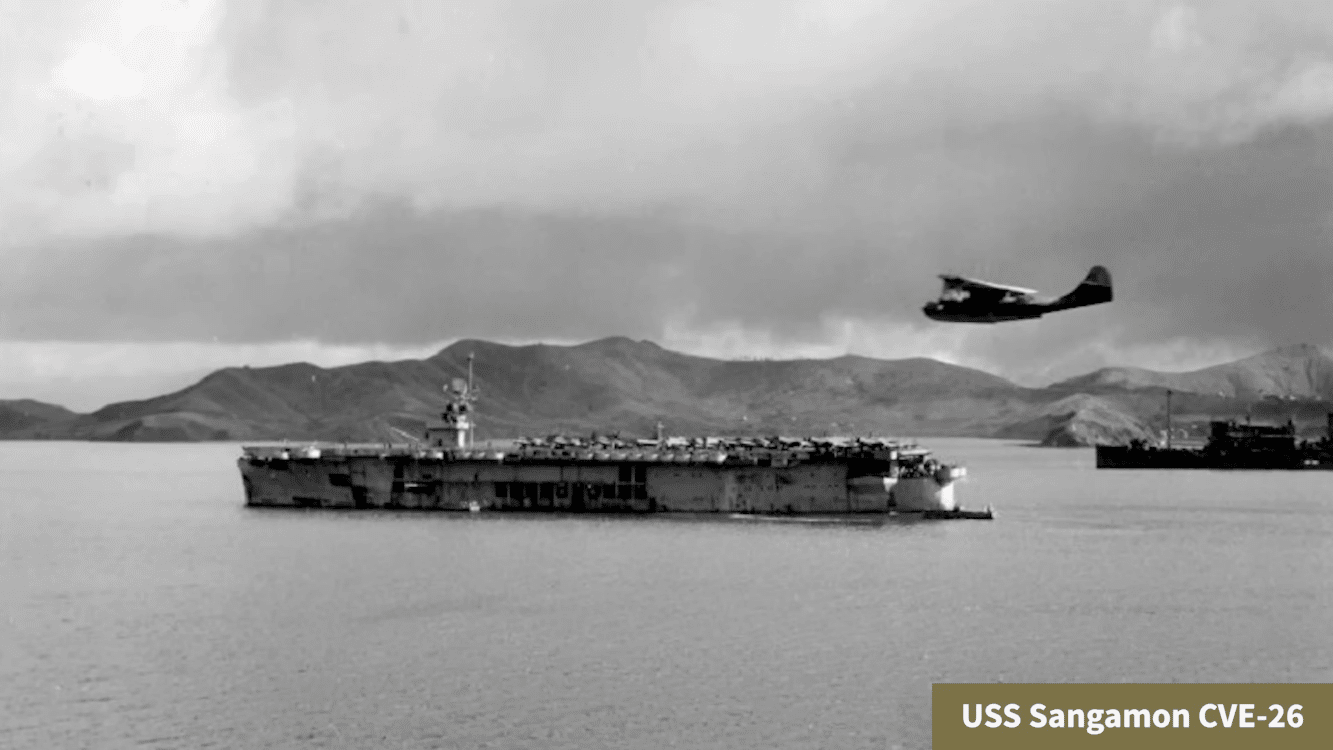
Because there was a shortage of MARAD-type C3 ships for conversion to aircraft carriers, four oilers were converted instead into escort carriers in 1942.
The oilers were dubbed the Sangamon-class and had a flight deck 100 feet longer than the previous design at 553 feet. It had flight decks lower to the water allowing it to be more stable and operate planes even in unfavorable conditions.
1. The Last US Light Aircraft Carriers were the Saipan-Class
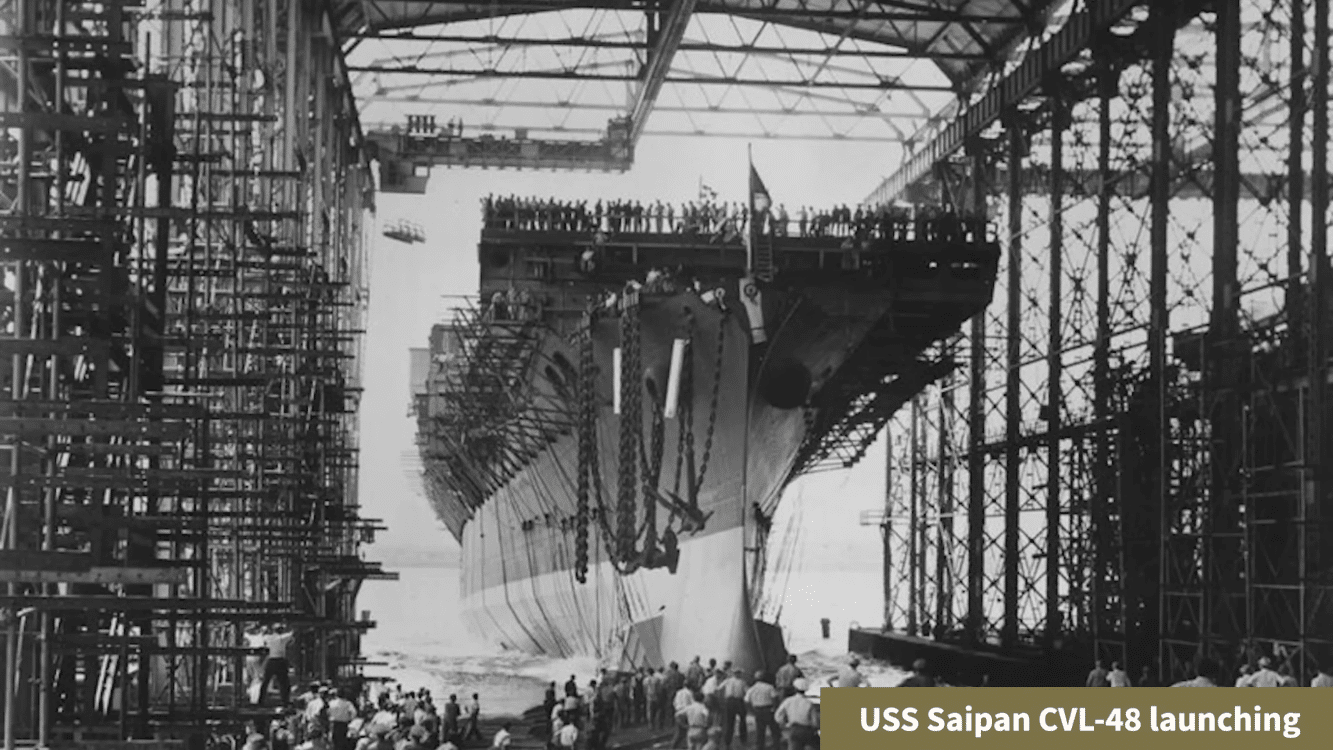
After suffering losses, the US Navy moved forward in producing an updated design – a cruiser-based carrier. In mid-1944, two ships went into production that were eventually known as the Saipan light aircraft carriers.












